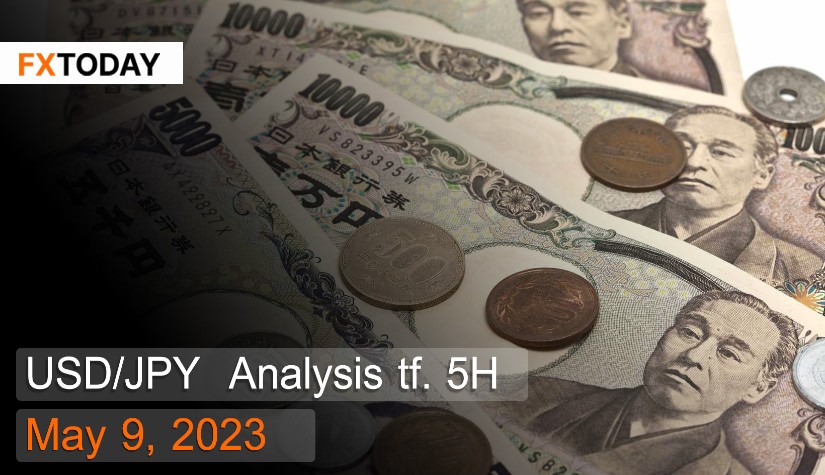Understanding Trend Lines
A trend line appears as a straight line and is used to determine the direction of price trends, whether uptrend, downtrend, or sideways. Furthermore, a trend line can act as a support or resistance line and may be deployed to pinpoint entry points.
How to Draw an Effective Trend Line?
One might wonder why there's no established method to draw trend lines. This is because future market movements are unpredictable. Therefore, using tools like trend lines merely aid in making informed predictions about potential market activities. Trend lines can assist in analyzing three possible market scenarios:
1. The price bounces back after touching the trend line.
2. The price breaks through the Trend Line.
3. The price moves away from the trend line, eventually gravitating toward it.
Techniques Involving Trend Lines
Trading with trend lines can be executed in several ways, but fundamentally, trend lines are used to identify price trends and establish support and resistance levels. If the price is trending upward, the focus should be on the support level. Conversely, if the price is trending downward, the priority should be on the resistance level. Support and resistance levels should be monitored if the price swing within a range. Here are some additional techniques that can be applied using trend lines:
1. Identifying Divergence & Convergence With Trend Lines
Trading using Divergence & Convergence cannot be observed simply from a simple chart. Therefore, it's necessary to use an indicator that reflects the volume of trading activity to estimate the market's buying and selling power.
Divergence occurs when the price chart and the volume indicator chart move in opposite directions, while Convergence happens when both charts move in the same direction. A Volume indicator is essential for assessing the market's buying and selling strength to observe Divergence and Convergence effectively. A trend line can be a valuable tool to analyze Divergence and Convergence efficiently.
For example, the XAUUSD chart in the 1H timeframe may display a Divergence occurrence. If the price chart shows a downward trend, while the MACD indicator below signals a greater buying power, this is a clear sign of a trend reversal.
In the example given, the XAUUSD chart in the 1H timeframe might show Convergence. If the price chart indicates an upward trend, which aligns with the MACD indicator below that shows strong buying pressure, this signals the continuation of the trend.
2. Identifying Breakouts With Trend Lines
A 'breakout' refers to a situation where the price sharply moves beyond a specific trend line, either upwards or downwards. While seasoned traders can identify breakouts with a trained eye, they often use tools for increased precision. Among these, the trend line serves as an effective instrument for detecting breakouts with enhanced accuracy.
In the example given, the XAU/USD chart is on a 4-hour timeframe. Here, a breakout occurs after the price tests a key support level. A critical factor contributing to this breakout is 'price action,' the appearance of a bullish engulfing candlestick, as highlighted in the accompanying image. This element is crucial for a successful breakout as the candlestick signals strong buying pressure, driving the price to close above the trend line.
However, not all breakouts yield successful trades. Many instances are false signals, resulting in failed breakouts, where the price merely grazes the resistance or support level before receding back within the original trend line's boundaries. Thus, trading breakouts successfully is necessary to have confirmation signals, such as price action, to aid in trading.
3. Identify Chart Patterns With Trend lines
Trading with chart patterns involves using trend lines to identify different patterns in price charts. These patterns can be classified into three categories:
1. Continuation Patterns
2. Reversal Patterns
3. Bilateral Patterns
For instance, the XAUUSD chart in the 1H timeframe might form a Bullish Rectangle chart pattern, which is a type of Continuation pattern. This can be observed by drawing a trend line at the point where we suspect the chart resembles a certain pattern. However, caution must be exercised, as sometimes the chart may appear to form a pattern but ultimately does not conform to the anticipated pattern. Thus, waiting for a clear signal is necessary before initiating a trade.
Precautions When Using Trend Lines
While there are no hard-and-fast rules for drawing trend lines, only suggested techniques, the unpredictable nature of the market necessitates caution. Here are some precautions to consider when using trend lines
1. The price may not always revert every time it touches a trend line, as it can break through it due to various fundamental factors.
2. A failed breakout can occur, where the price breaks through the trend line but swiftly reverses and rises above it again.
3. Traders often hope the price will eventually revert when it has strayed too far. They anticipate the price to bounce back to the trend line. However, it's still being determined when the price will return; when it does, it may or may not attach to the same line.
4. A 45-degree angle on the chart doesn't guarantee the continuation of the trend for an extended period. Various factors constantly influence the market, so traders cannot assume that a 45-degree angle will lead to a sustained rise or fall.
Conclusion
A trend line is a tool comprising a straight line, offering a simple way to examine the trend. It's the most user-friendly tool as it is easily understandable and has many applications. There is no fixed format for trend lines; traders can use them according to their style.
















